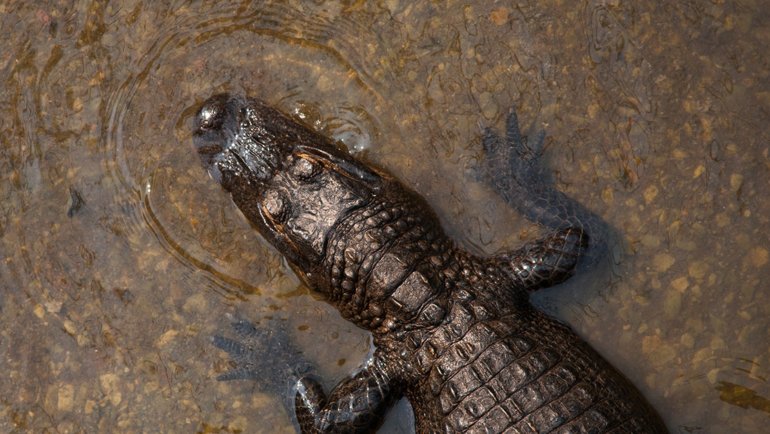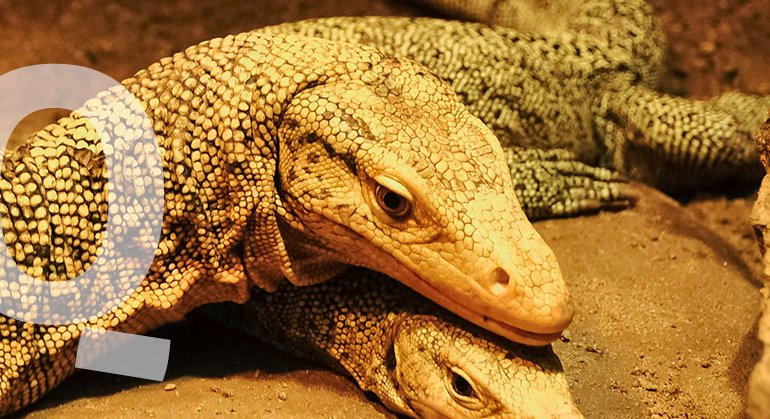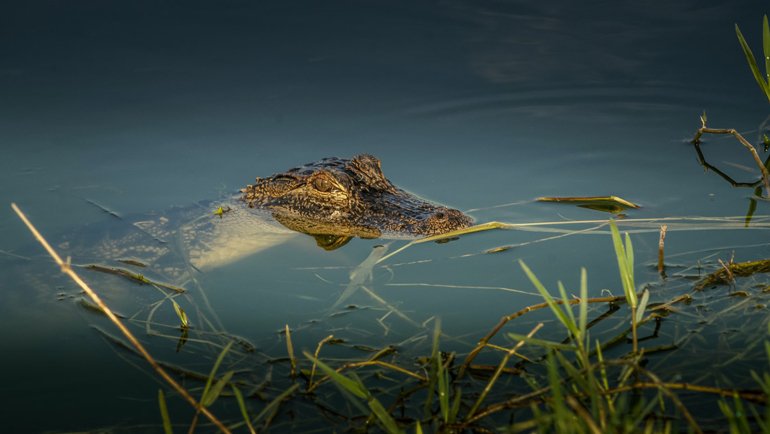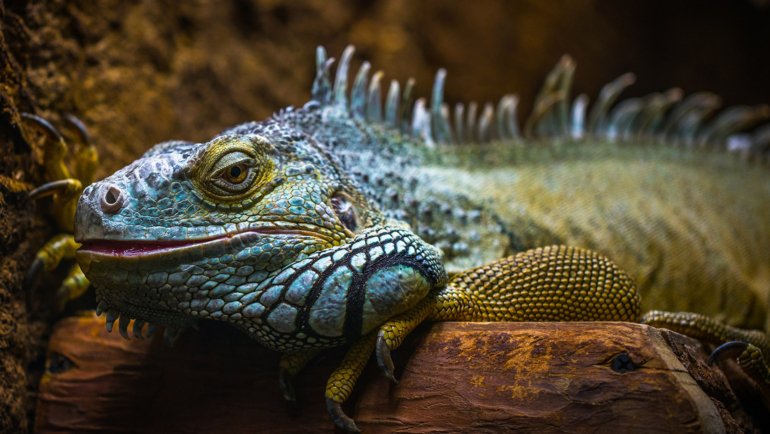In the vast and varied animal kingdom, one of the many delights is discovering the peculiar names we use to describe groups of certain animals. From a murder of crows to a dazzle of zebras, these unique collective terms not only capture our imagination but also often provide insight into the behavior or characteristics of these creatures.
The act of naming and categorizing these groupings is a linguistic and cultural journey that has evolved over time, reflecting both our relationship with nature and our keen observations of animal behavior.
The Alligator’s Collective Name
When it comes to the powerful and prehistoric-looking alligator, a group of these magnificent reptiles is aptly called a “congregation”. This might immediately evoke images of a gathering or assembly, much like a group of people congregating for a specific purpose.
The origins of this term, when related to alligators, are somewhat shrouded in mystery. However, it is believed to date back to older English traditions, where collective nouns were crafted not only based on observational attributes but also with a touch of poetic flair.
Why “Congregation”?
The term “congregation” predominantly implies a deliberate gathering, often with a shared purpose or intent. When observed in the wild, alligators often gather in places where food is abundant, or during certain seasons like mating periods. Their groupings, while not always peaceful or harmonious, have a certain structure and intent, similar to how humans congregate for specific events or rituals.
The name might also hint at the visual spectacle of seeing multiple alligators basking together on a riverbank or marshy area, resembling a gathering of sorts, possibly evoking the image of an assembly in a church or meeting. The terminology, in this context, seems fitting, capturing the essence of these communal moments in the alligator world.
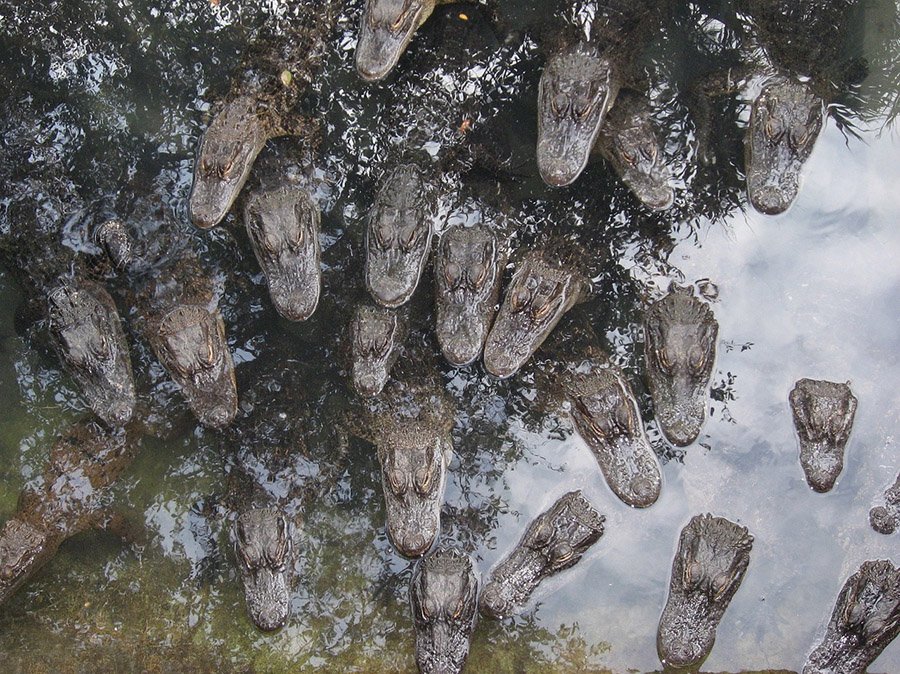
Social Behavior of Alligators
Alligators are fascinating creatures with a myriad of behaviors that can change depending on various factors like age, territory, and food availability. In the wild, alligators often exhibit both solitary and social behaviors.
Young alligators tend to be more social, sticking together in small groups for protection against predators. As they mature, males become more territorial and can be more aggressive towards other males, especially during mating seasons.
When it comes to congregations, these groups can range from a few to dozens of alligators, especially in areas abundant in food. For instance, during the dry season when water levels decrease and food becomes concentrated in certain pools, alligators may congregate for the bountiful feast.
In such gatherings, size often dictates the pecking order, with larger, more dominant alligators staking prime spots and smaller ones keeping a more cautious distance.
Congregations are also seen during basking, where the alligators absorb warmth from the sun. This is not only vital for thermoregulation but also serves as a communal activity, especially in the cooler months.
Do All Alligators Live in Congregations?
While congregations of alligators can be a common sight in certain circumstances, not all alligators live in such groups consistently. Many adult alligators, especially males, have a strong territorial instinct. They stake out their own patch of freshwater habitat and defend it vigorously, particularly during mating seasons when they’re attracting females.
Outside of the mating season, while alligators can tolerate others when basking or in areas with abundant food, they often prefer a degree of solitude. This solitary nature is particularly pronounced in larger, dominant males, who have fewer threats and thus fewer reasons to seek the safety of numbers.
However, solitude or congregation often boils down to the availability of resources. In regions where food and space are plentiful, alligators might spread out more and interact less. In contrast, in areas where these resources are limited, the reptiles might find themselves congregating more frequently, driven by necessity rather than choice.
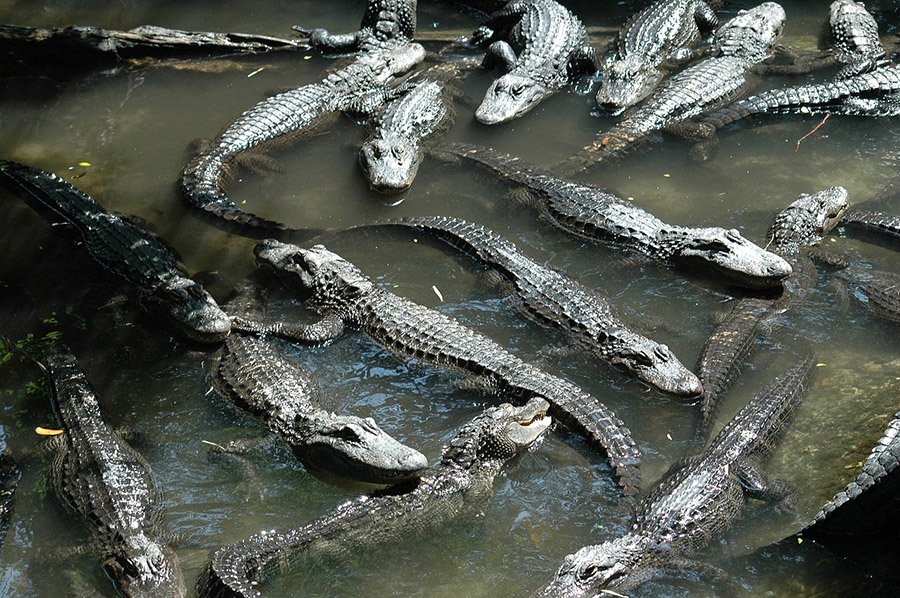
Why and When Do Alligators Form Congregations?
Alligators aren’t always the solitary predators they’re often perceived to be. In certain circumstances, they come together, forming what we know as congregations. But why and when do these cold-blooded reptiles choose to group?
- Mating Season: This is one of the most significant reasons for alligators to congregate. During the mating season, male alligators bellow loudly to attract females and ward off other males. These bellows can be heard over vast distances and often lead to a gathering of multiple males and females in an area. The resulting congregation is not always peaceful, with males often engaging in aggressive behaviors to secure mating rights.
- Feeding Opportunities: When there’s a surplus of food, such as during fish spawns or when water sources dry up and concentrate prey, alligators will often congregate to take advantage of the feast. These gatherings are more practical than social, driven by the opportunity to feed easily.
- Basking: Alligators, being ectothermic, rely on external heat sources to regulate their body temperature. This need often results in groups of alligators basking together in the sun, especially during cooler months.
- Environmental Factors: Factors such as drying water sources can lead to congregation. As ponds and lakes dry up, alligators might find themselves sharing shrinking spaces, leading to unintentional groupings.
- Protection from Predators: While adult alligators have few natural predators, younger ones are vulnerable to birds, larger fish, other alligators, and mammals. By staying in groups, they can decrease individual risk.
What is a Group of Baby Alligators Called?
While adult alligators form “congregations,” baby alligators, known as hatchlings, when grouped, are referred to as a “pod”. These pods form shortly after hatching and often consist of siblings from the same clutch.
Alligator mothers are exceptionally protective of their young. After the eggs hatch, the mother alligator will often carry her babies to the water in her mouth. Once in the water, these hatchlings tend to stick together in their pod, offering some safety in numbers from potential predators.
Within the pod, the baby alligators communicate with each other and their mother through a series of chirps. These chirps can convey different messages, from expressing distress to signaling contentment. The mother, attuned to these calls, will rush to defend her young from threats, making her one of the most protective parents in the reptile world.
This behavior underscores the importance of the pod. While the congregation might be a term more associated with adult alligators and their occasional social or practical gatherings, the pod is vital for the survival of young alligators, ensuring they receive both protection and early socialization in their crucial early days.
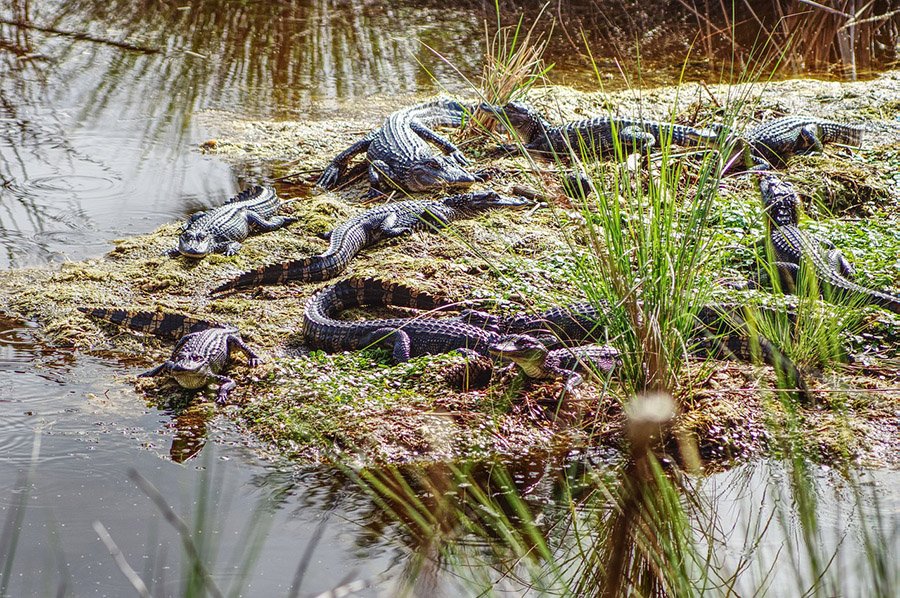
Other Intriguing Reptile Group Names
When it comes to collective names for animals, reptiles have some of the most fascinating and descriptive terms. Here are a few notable examples:
- A Lounge of Lizards: Yes, these scaly critters don’t just lie around. When they do it together, they’re lounging! It’s a term that might bring to mind a lazy afternoon under the sun, which isn’t far off from a lizard’s favorite pastime: basking.
- A Knot of Snakes: Given how snakes can coil and twist, the term “knot” seems apt. This name might also be reminiscent of the intertwined, knotted appearance of snakes when seen together.
- A Bale of Turtles: Turtles, known for their slow, steady pace, might not gather in large numbers often, but when they do, they’re called a “bale.” This could be related to the notion of something bundled together, much like hay.
- A Nest of Vipers: A rather dramatic term, this name might conjure up images of danger and intrigue, befitting the often-feared nature of vipers.
The origins of many of these terms can be hard to pinpoint, and often they arise from observations of the animal’s behavior, appearance, or the perceptions people have of them. These names provide an anthropomorphic touch, giving us a window into how humans relate to or interpret the behaviors of these reptiles.
Frequently Asked Questions
Are alligators social animals?
Alligators can be both solitary and social, depending on the circumstances. They might be seen alone while basking or hunting but can form congregations during mating seasons or in areas with abundant food.
How do alligators communicate within a congregation?
Alligators use a combination of sounds, postures, and physical interactions to communicate. Vocalizations such as bellows, growls, and hisses play an essential role in mating, establishing territory, and expressing distress.
Are there any other terms used to describe a group of alligators?
“Congregation” is the most widely accepted and used term for a group of alligators. A “family” of alligators also exists, but it is less common.
What are some of the largest congregations of alligators ever observed?
Some of the most significant congregations can be observed during mating seasons in areas with high alligator populations, like certain parts of Florida. These congregations can consist of dozens of alligators. However, exact numbers can vary depending on environmental factors, food availability, and habitat size.
Other Articles About Alligators
- American Alligator: Characteristics, Diet, Facts & More [Fact Sheet]
- Can Alligators Jump? Their Jumping Abilities Compared
- How Long Can an Alligator Go Without Eating?
- Can Alligators Regrow Limbs? Unveiling the Truth About Reptilian Regeneration
- Do Alligators Eat Manatees? How Likely is it to Happen?
- When Do Alligators Come Out of The Water?
- Do Alligators Have Scales? Alligator Skin 101
- What Do Baby Alligators Eat? A Detailed Look at Their Diet

